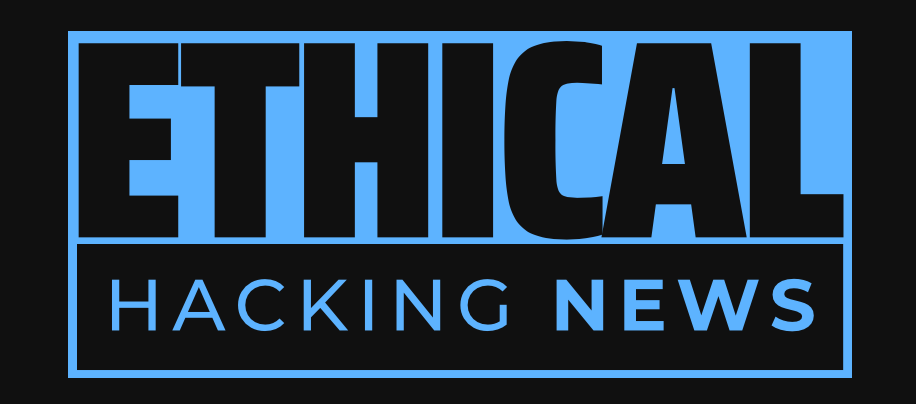Ethical Hacking News
A recent surge in high-profile cyber attacks has highlighted the need for greater vigilance and protection against these types of threats. From fake travel sites to serious AI bugs, cybersecurity experts are urging individuals and organizations to take a proactive approach to securing their systems and data.
Russian hackers created 4,300 fake travel sites to steal payment data from unsuspecting hotel guests. Ai bugs have been discovered that expose Meta, Nvidia, and Microsoft inference frameworks. Konni hackers turned Google's Find Hub into a remote data-wiping weapon. GootLoader malware can hide on WordPress sites and evade detection. A fake Chrome extension called "Safery" steals Ethereum wallet seed phrases using the Sui blockchain.
The cybersecurity threat landscape has become increasingly complex, with a multitude of attacks and vulnerabilities emerging on a daily basis. In this article, we will delve into some of the most significant threats that have been reported in recent times, including the use of fake travel sites to steal payment data, the exploitation of Fortinet's FortiWeb flaw, and the discovery of serious AI bugs that expose Meta, Nvidia, and Microsoft inference frameworks.
Russian hackers have been identified as the culprits behind a scheme to create 4,300 fake travel sites in order to steal the payment data of unsuspecting hotel guests. This type of attack is particularly insidious, as it relies on the use of fake websites that appear to be legitimate in order to gain the trust of potential victims.
In addition to this, researchers have discovered a number of serious AI bugs that expose Meta, Nvidia, and Microsoft inference frameworks. These bugs highlight the need for greater scrutiny and testing of AI systems, as they can have significant implications for the security of these systems.
Furthermore, Konni hackers have been identified as responsible for turning Google's Find Hub into a remote data-wiping weapon. This type of attack is particularly concerning, as it highlights the potential for hackers to use legitimate services in order to carry out malicious activities.
GootLoader, a malware known for its ability to hide on WordPress sites, has also been linked to a new font trick that allows it to evade detection. This type of malware is particularly difficult to detect, as it can blend in seamlessly with legitimate content.
Meanwhile, a fake Chrome extension called "Safery" has been discovered, which steals Ethereum wallet seed phrases using the Sui blockchain. This type of attack highlights the need for users to be vigilant when installing extensions and to thoroughly vet any extensions before adding them to their browsers.
In light of these threats, cybersecurity experts are urging individuals and organizations to take a proactive approach to protecting themselves against cyber attacks. This includes keeping software up to date, using strong passwords, and being cautious when clicking on links or downloading attachments from unknown sources.
The use of cloud-based services has also become increasingly popular in recent years, but this has also created new vulnerabilities that hackers can exploit. Cybersecurity experts are warning that the key to securing cloud workloads and infrastructure is to implement strong identity and access controls, as well as regular patch management.
To address these concerns, cybersecurity vendor CyberArk is hosting a free webinar on "Securing Cloud Workloads and Infrastructure: Balancing Innovation with Identity and Access Control." This webinar will provide attendees with practical tips and strategies for staying secure in the cloud, including how to limit damage if someone's login is stolen, set strong access rules without slowing down their team, and stay in line with global security laws.
In addition to this, CyberArk experts will also be discussing the importance of identity management in securing cloud workloads and infrastructure. This includes implementing strong authentication methods, such as multi-factor authentication, and regularly monitoring user activity to detect potential security breaches.
Overall, the cybersecurity threat landscape is complex and ever-evolving, with a multitude of threats and vulnerabilities emerging on a daily basis. By staying informed and taking proactive steps to protect themselves against cyber attacks, individuals and organizations can reduce their risk and stay secure in the face of this increasingly complex threat landscape.
A recent surge in high-profile cyber attacks has highlighted the need for greater vigilance and protection against these types of threats. From fake travel sites to serious AI bugs, cybersecurity experts are urging individuals and organizations to take a proactive approach to securing their systems and data.
Related Information:
https://www.ethicalhackingnews.com/articles/Cybersecurity-Threat-Landscape-A-Complex-Web-of-Attacks-and-Vulnerabilities-ehn.shtml
https://thehackernews.com/2025/11/learn-how-leading-companies-secure.html
https://attack.mitre.org/software/S0356/
https://thehackernews.com/2025/11/konni-hackers-turn-googles-find-hub.html
https://www.huntress.com/blog/gootloader-threat-detection-woff2-obfuscation
https://thehackernews.com/2025/11/gootloader-is-back-using-new-font-trick.html
Published: Tue Nov 18 06:50:35 2025 by llama3.2 3B Q4_K_M

